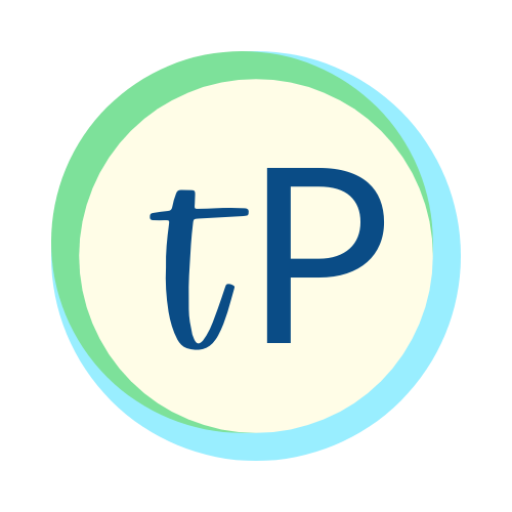(Even Cheez-its)
Are Cheez-it crackers squares or rectangles? That’s the question being asked on Tik Tok. But here’s a little secret that you may not know: A square is actually a rectangle.

That’s because a square IS a rectangle.
MIND. BLOWN.
Here’s the controversy on Tik Tok: You look at a Cheez-it cracker and you it looks like it has 4 equal sides, which would make it a square. In the video, this guy measures the crackers and finds out that, in fact, two sides are just a little bit bigger than the other sides, so he says they are ‘rectangles.’
But…
Tik Tok is RIGHT… for the WRONG reasons
They’re wrong because a square is a rectangle.
Wait… What?!
By definition, a rectangle is a shape with 4 straight sides & 4 right angles. A square has 4 straight sides and 4 right angles.
So… a SQUARE IS A RECTANGLE. Squares are SPECIAL kinds of rectangles because their sides are all equal length.
You’ve been taught this wrong your whole life
But wait a minute, isn’t a rectangle a shape with 2 long sides and 2 short sides? No… but that’s how we were all taught as young kids. And it’s likely how your kids are being taught. Take a look at any shape book your child has and here’s what you’ll probably see: Rectangles that look like doors or truck trailers… Never a square.
We teach kids to MATCH shapes based on what they LOOK LIKE. They are never taught to talk about what really makes a shape… what are a shape’s properties.
What’s the big deal?
Why do we care about talking about shape properties with preschoolers? Can’t this conversation wait until middle or high school geometry? 3 reasons:
- Accuracy is important: Why should we start off teaching them the WRONG information that they have to re-learn down the road?
- They can recognize a shape when it doesn’t look like an ‘iconical’ version from a book. Take triangles. The basic triangle in a shape book looks like a pyramid or a boat sail. You may see an upside down version, like an ice cream cone. But triangles can also be super skinny. Or super skinny AND upside down. They’re still triangles. And if you can get your child to talk about what makes a triangle instead of what looks like a triangle, they’ll be able to understand that.
- Talking about shapes like this is WAY more fun. They can look for these properties, like right angles, or straight or parallel lines (and yes, they can play with parallel lines!), and then test to see if the shape meets all the requirements.
The TINY ways you can help build their early geometry skills
The next time you are on a walk or in a store, see what shapes your kids can find… while focusing on shape properties.
Ask can you find a Rectangle, Square (which you now know is a special kind of rectangle!), Triangle, Circle. And then – and this is the magic question! – ask them ‘how do they know’ it’s that shape.
Ask them if they can find a shape with certain properties – can you find a shape with 4 right angles or 3 straight lines – and then see if they can figure out what the shape is.
Use their natural curiosity to play with and explore math ideas as a way to introduce early geometry. They’ll learn to THINK about math, not just memorize it… which is the first step in keeping them interested in it!
